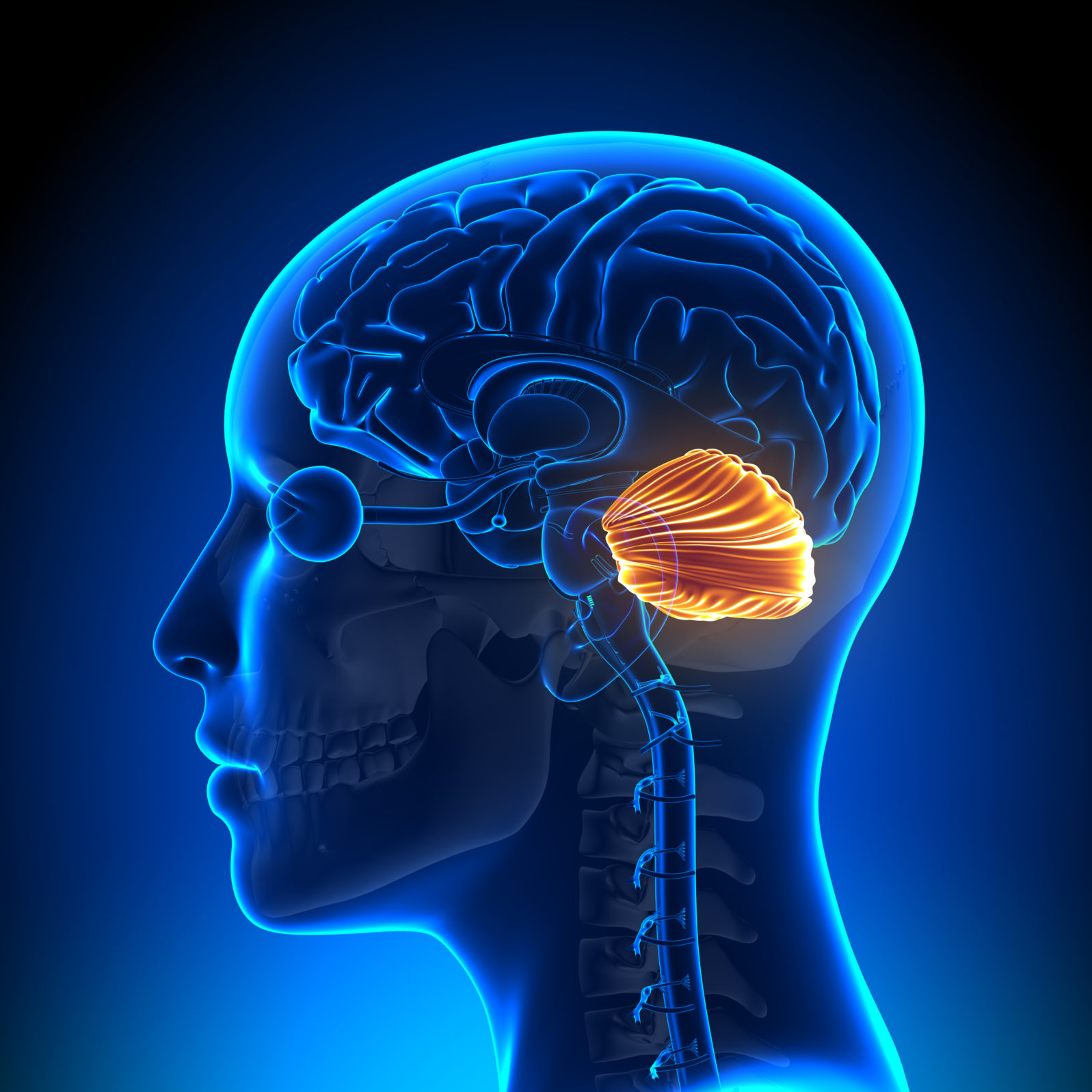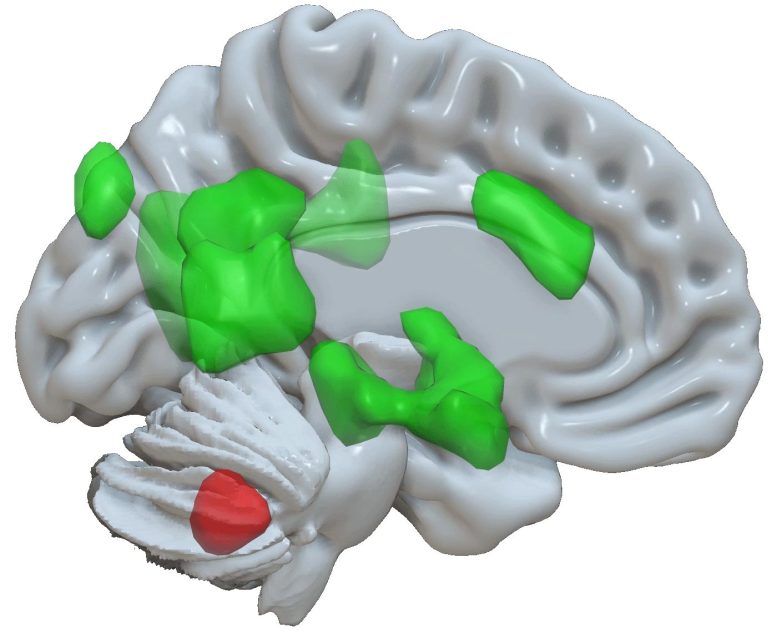New Function for Our Brains’ Cerebellum: Emotional Memory
Memory is all immaterial information. But very different types of information. Researchers found that the cerebellum handles a lot of emotional memoryWe use the same word “memory” to mean very different types of things. There’s the new phone number, in which we have no emotional investment. Then there’s the smell of cinnamon buns from a long-ago home-town bakery, which is a non-shareable emotional investment. And again, there’s a colleague’s advice about addressing a difficult client’s needs… that’s a mixture of a number of different types of memory, in getting the right approach down pat.

All memory is immaterial information, of very different types. And a team of researchers finds that our brains’ cerebellum handles a lot of emotional memory:
The cerebellum is known primarily for regulation of movement. Researchers at the University of Basel have now discovered that the cerebellum also plays an important role in remembering emotional experiences…
In a large-scale study, the researchers showed 1,418 participants emotional and neutral images and recorded the subjects’ brain activity using magnetic resonance imaging.
In a memory test conducted later, the positive and negative images were remembered by the participants much better than the neutral images. The improved storage of emotional images was linked with an increase in brain activity in the areas of the cerebrum already known to play a part. However, the team also identified increased activity in the cerebellum.
The researchers were also able to demonstrate that the cerebellum shows stronger communication with various areas of the cerebrum during the process of enhanced storage of the emotional images. It receives information from the cingulate gyrus — a region of the brain that is important in the perception and evaluation of feelings. Furthermore, the cerebellum sends out signals to various regions of the brain, including the amygdala and hippocampus. The latter plays a central role in memory storage.
University of Basel, “Discovery of a new function of the cerebellum” at ScienceDaily (October 6, 2022) The paper is open access.
So human memory is more of a joint effort of various parts of our brains working together than a single “memory center” that processes everything into “storage discs.”

to improve storage of emotional information/University of Basel
The researchers were first attracted to this research area because the cerebellum plays a role in the sense of fear:
The amygdala and hippocampus are the brain regions thought to be most responsible for consolidating these emotional memories, but as the cerebellum is already linked to fear conditioning, the researchers behind the latest study wanted to see if it had a part to play in logging emotional memories too.
David Nield, “The Cerebellum Has a Function We Didn’t Even Know About, New Research Reveals” at ScienceAlert (October 9, 2022)
The find may help with treating post-traumatic stress disorder:
“These results indicate that the cerebellum is an integral component of a network that is responsible for the improved storage of emotional information,” says [Professor Dominique] de Quervain. Although an improved memory for emotional events is a crucial mechanism for survival, it does have its downsides: in the case of very negative experiences, it can lead to recurring anxiety. This means that the findings, which have now been released, may also be relevant in understanding psychiatric conditions such as post-traumatic stress disorder.
University of Basel, “Neuroscientists Discover New Function of the Cerebellum: Emotional Memory” at SciTechDaily.com (October 9, 2022)
If a number of brain regions are affected by traumatic memories, recovery may be prolonged. “Get OVER it!” will thus be even less useful advice. Getting “over it” may require a number of different strategies over time, not a simple fix.
You may also wish to read: A little-known structure tells our brains what matters now. Work with monkeys and mice has shed light on the filtering role of a neglected feature of the mammalian brain. The cuneate nucleus (CN) in the brain stem turns out to communicate regularly with your prefrontal cortex and spine as to what you had better notice.
